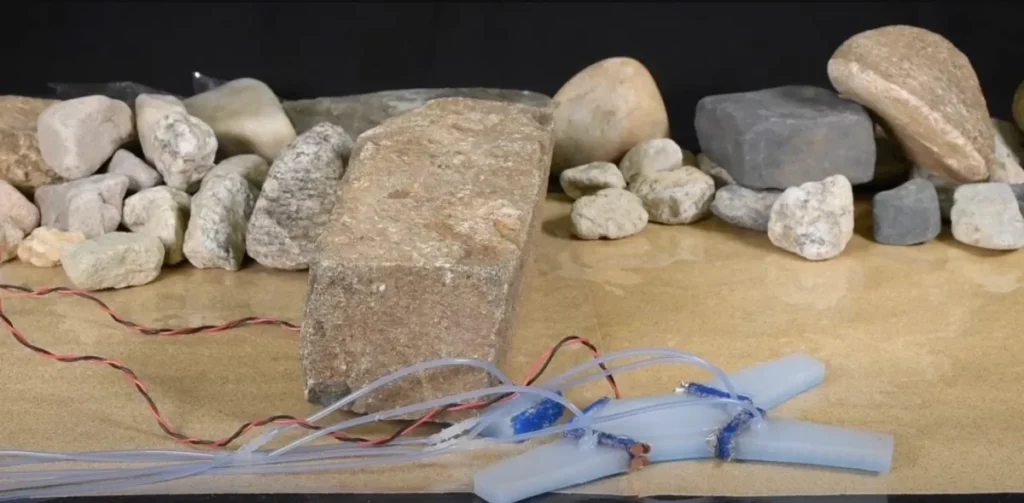India, the world’s second-largest smartphone market after China, boasts around 750 million users. Yet, despite this vast market, the transition from feature phones to smartphones remains a significant hurdle. This article delves into why millions of Indians continue to rely on feature phones and the challenges brands face in converting these users to smartphones.
The Persistence of Feature Phones
While many parts of the world have transitioned almost entirely to smartphones, India remains an outlier. According to market analyst firm Counterpoint, feature phone shipments in India grew by 10% year-on-year in 2023, a sharp contrast to the -31% growth seen in 2022. This growth is driven by a substantial segment of the population who find it financially challenging to switch to smartphones.
4G Feature Phones: A Growing Market
Feature phones in India are not just surviving; they are evolving. The share of 4G feature phones increased to 25% in 2023 from 9% in 2022. However, 2G feature phones still dominate with a 75% market share. Leading this market is Reliance Jio, followed by Itel and Lava, offering affordable models with essential apps and services, thus fulfilling the basic digital needs of many users.
Jio’s Strategy: A 5G Feature Phone
Reliance Jio is planning to launch a 5G feature phone to further capitalize on this trend. The new device will run on the Linux-based KaiOS, similar to Jio’s existing feature phone range. This move is part of Jio’s broader strategy to upgrade its portfolio to 5G devices and expand its telecom revenues, especially as it prepares for an expected public listing.
The Struggle to Convert Feature Phone Users
Despite an 11% growth in India’s smartphone market in the first quarter of 2024, driven primarily by the super-premium segment, the entry-level segment saw a decline. The reluctance of feature phone users to switch to smartphones is a significant factor. Market experts highlight that around 350 million people in India still use feature phones, with half of them using models costing less than $18.
Economic Barriers to Smartphone Adoption
The primary barrier to smartphone adoption in India is economic. The average selling price (ASP) of smartphones in India has risen to $255, up from $165 in 2020. This price increase, coupled with low disposable incomes, makes smartphones less affordable for many Indians. Even though smartphones in India are among the cheapest globally, they are still less affordable relative to income compared to countries like the U.S. and U.K.
Financing Options: Limited Impact
While smartphone brands offer financing options to attract buyers, these have primarily helped existing smartphone users upgrade their devices rather than converting feature phone users to smartphones. The transition from feature phones to smartphones remains difficult for older people, low-income groups, and those in blue-collar jobs due to the significant price gap and the additional costs associated with smartphone usage.









